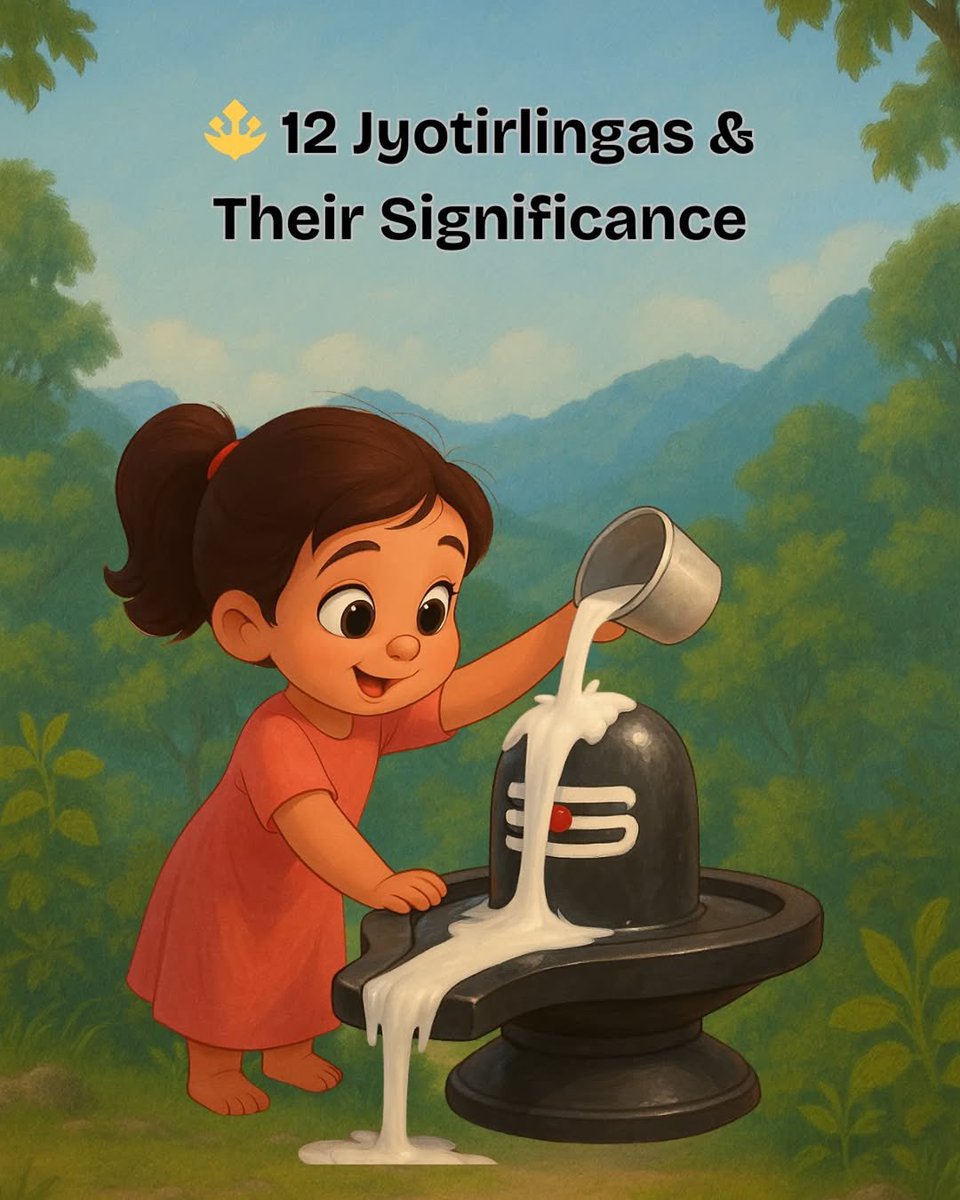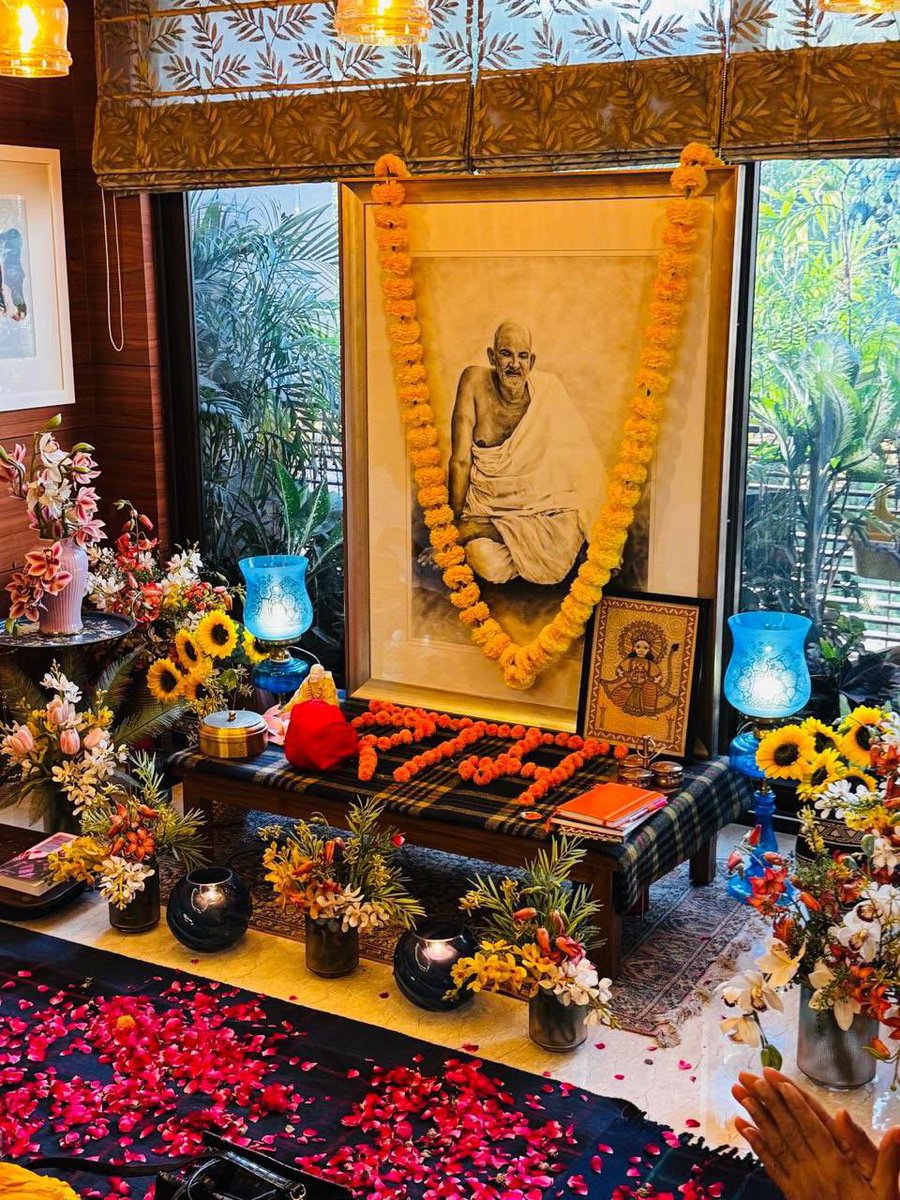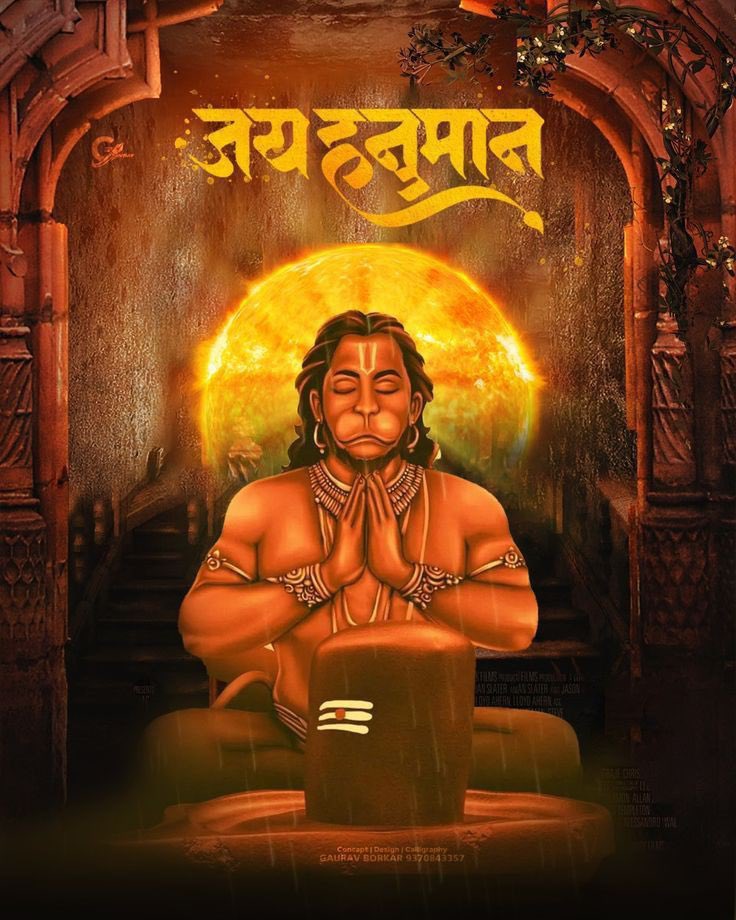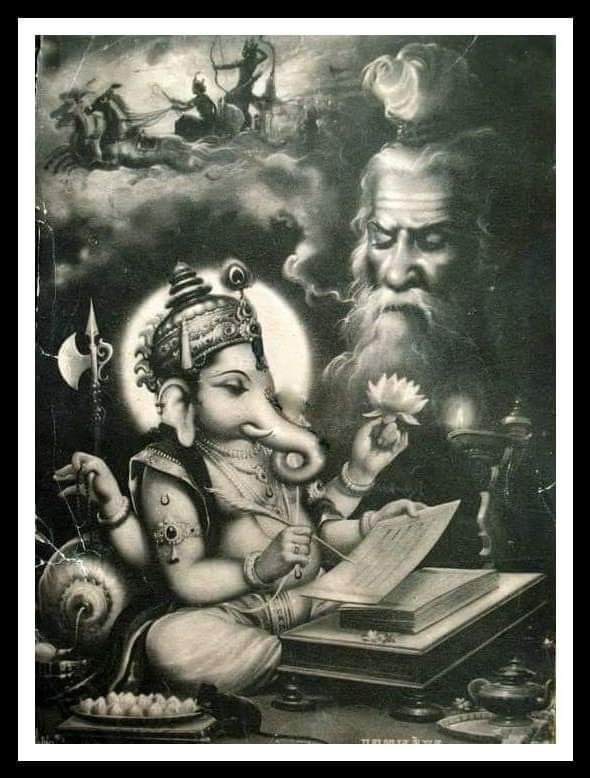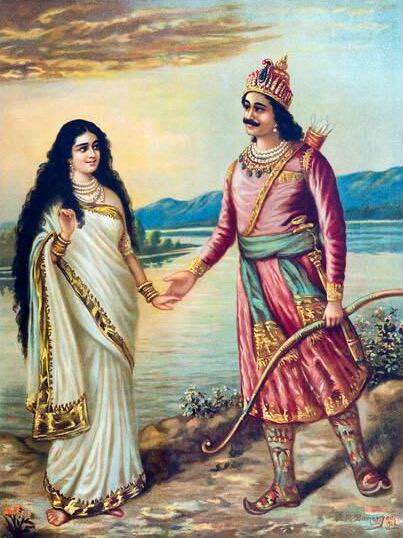INA’s first Woman Spy who let her “Breast” cutoff but not spoken a single word to protect Subhash Chandra Bose!
An unsung freedom warrior Late Neera Arya (05-03-1902 / 26-07-1998).
#InternationalWomensDay2023

An unsung freedom warrior Late Neera Arya (05-03-1902 / 26-07-1998).
#InternationalWomensDay2023


On 5 March 1902 in Khekra Nagar in Baghpat district, Neera Arya was born into an influential family. Her father Seth Chhajjumal, a famous businessman, saw to it that his children Neera and Basant got an education in Kolkata. 

From a young age, Neera was extremely interested in the nation’s welfare and, following school, joined the Rani Jhansi Regiment in the Azad Hind Fauj as a soldier. 

Neera’s father soon found a suitable match for his daughter in British Army Officer Srikant Jai Ranjan Das who, at the time, was posted as CID Inspector in India. (Indicative Picture) 

This soon became a point of conflict between the couple as they shared different ideologies. When Shrikant got to know about Neera’s involvement in INA, he began questioning her about it in an attempt to get to know the whereabouts of the leader. 

Neera did not give in, but Shrikant persisted. One fateful day, when Neera had met Bose to discuss important matters, Shrikant followed Neera and opened fire, in the process firing at Bose’s driver. 

Neera, who immediately knew what was going to happen next, killed Shrikant by stabbing him, thus saving Bose. For this, she was sentenced to imprisonment in the cellular jail of Andaman and Nicobar by the British Government. But her patriotism for the nation did not end there. 

During the time she spent in jail, Neera was bribed that if she divulged information about the leaders of the INC, especially Subhash Chandra Bose, she would be given bail. However, she refused this and even spat at a prison guard once. 

Reports from history go on to state that in jail, Neera had her breasts cut off when she wouldn’t give details about the freedom struggle and the leaders. Despite the torture, Neera remained loyal to the nation and went on to become the first woman spy of the Azad Hind Fauj. 

We must shower our love and gratitude to her and such many other unknown warriors who sacrificed entire lives so that we can live in freedom.
• • •
Missing some Tweet in this thread? You can try to
force a refresh








